Our brain needs 21 to 25 years to get fully developed, and of course, it undergoes lots of challenges. Today we will talk about children’s stages of development and understand more about certain developmental stages of the brain.
How is the child’s psyche developed?
Let’s start with the neurophysiology of infancy. First of all, children have twice more nerve cells as adults. Basically, the child is born with a smaller head than yours, but he already has twice more neurons that are not connected locally yet. To make these connections, your child needs to have certain experiences from the surroundings. This is why it is so important to let him discover as many things in life at an early stage as possible. This also explains the brain development process of the children who travel from their birth, visit different children’s centers, try various textures and games compared to the stay-at-home children.
Half of these neuron cells will die throughout the time, but the more you stimulate your babies, the more neurons survive. There are critical periods when these neurons are activated too. For each type, there is a different period.
As a simple example, in our cells of the visual cortex, we have got a special area that is responsible for face recognition. This is why, we can easily identify people from our ethnic group, such as Eastern European, Asian, African, etc. However, it will be hard for a person born and lived his whole life in the Czech Republic to differentiate a Chinese man from a Japanese. Moreover, all Asian faces will seem quite alike; and vice versa. The same happens to Indians, Africans, South Americans, Asians, etc. Face recognition and perception will be determined by that critical period. Now imagine, if your child was born in the United States, then you went to live in Japan for a year, then moved to Argentina, traveled across Asian countries, and expatted in Ghana for a while?
So, as the result, if your child doesn’t experience certain things, a number of neuron cells die due to the fact that they have been unused.
Read More:
Brain development in toddlers is quite unique and complex. Another good example is our speech. The critical period of developing a speech for a human is 10 years, so before your child is 10 years old, he needs to be engaged in verbal communication. If the child was born and raised among mute people or animals, then by reaching this age, related neuron cells will die, and it will be impossible to teach the child to speak. On the other hand, if you are a bi- or tri-lingual family and keep practicing languages on a daily basis until your child is 10, he or she would acquire these languages as a mother tongue.
The bottom line is that nature has provided us with an extensive number of neurons, so we are able to adapt to any possible circumstances.

Children’s periods of crisis or what is the hardest age to raise a child?
Let’s take a look at cultural-historical psychology that theory was defined by Lev Vygotsky and Alexander Luria in the mid-1920s-1930s.
They identified that there are particular child brain development stages when some fantastically magical transformations happen, aka crises.
The main children stages of development are
- 2-years of age, aka Terrible Twos
- 3-years of age, aka Terrible Threes
- 7-years of age
- 10 years of age
- Puberty or adolescent age
Recommended Reading: Ages and Stages. A Parent’s Guide to Normal Childhood Development
Children under one year of age
The main characteristic difference of a 1-year-old child is that they can’t move. They need a parent or a guardian who moves them around and takes care of them 24 hours a day. Have you ever been paralyzed? In this stage, babies do not have or feel any boundaries. These boundaries simply do not exist.
Two-year-old child or Terrible Twos
The terrible twos are one of the children’s stages of development that your baby naturally forms when she starts to have her own wishes, needs, and demands. Now she wants things to be done her way but, unfortunately, there is still a lack of communication for the obvious reasons that frustrate your child the most. Not to mention that during the Terrible Twos phase your baby gets quite scared and overwhelmed by the whole spectrum of feelings and changes that happen inside of her.
This is where terrible twos tantrums appear simply because this is the way how your child expresses herself.
Terrible Twos is a middle stage between one year of age and three and often not as hard as when your baby reaches three years of age. However, this stage strictly relates to resisting the outside world.
Three-year-old child or Terrible Threes
What comes after Terrible Twos is Terrible Threes. While your child resists the outside world at the age of two, she starts to resist other people during the Terrible Three stage.
But what does exactly happen?
From day one of your baby’s birth, as a parent, you label all her actions, e.g. “Mary smiles”, “Mary takes a toy”, “Mary crawls”, “Mary goes to the bathroom”. The child at such an age doesn’t really understand the meaning of these words, but she listens to everything you say, and this verbal assistance becomes an integral part of her life.
Then there is the time comes when as a parent you are tired of repeating the same thing again and again. When you stop, your baby may be very surprised, so you may notice the child starts repeating that same phrase using the third-person pronoun, just like you did all these years.
This is when the stage of personification starts to happen. Your child will eventually understand that he or she has their own “I”. Trust me, to understand the use of “I” and “me” as an independent person is quite a huge step for every child. And when it happens, Terrible Threes starts to appear.
In other words, Terrible Threes is closely related to negativism. During the stage of Terrible 3s your child will experience an introjection of external speech, which means that your toddler instead of using third-person pronouns will start using the first-person pronouns, such as “I went to the bathroom”, “I want this banana”, etc. And so, as an independent human being, your child will resist other people and distinguish herself from the social world.
Seven-year-old child
Most psychologists will tell you that among all children’s stages of development the hardest crisis or crucial stage comes when children are three and seven years old.
When the child turns seven, she starts to discover that people have purposes. It was crystal clear before, mom and dad were the ones who took care of me. But now there are more people and all of them have their own functions, e.g. my teacher teaches me, my coach trains me, John at Tesco is the one who sells me food, etc. This is where your child starts to learn how to interact with other people based on their functions and manipulate them.
Ten-year-old child
At ten your child starts to identify the place in the social world among all those people and their functions that he had discovered previously. It is also an extremely important stage of every child’s life.
Who am I? What is my purpose in this life?
Puberty or adolescent age
During the puberty stage, your child realizes that apart from herself, all these people who play a certain role in this social world have feelings too. So, people become alive. In the past, people just served their main purposes, such as my mom has to love me unconditionally, but now she also has her own reasons and feelings.
IMPORTANT: We created the Family Store, especially for you. By clicking on the image below you can find anything from Newborn’s First Kit, Baby & Family Essentials, Kids Travel to Travel Gear. We hope you will find something valuable for your own adventures!
Our shop contains products from other companies that we love and use! Everything is based on our values of quality over quantity.
To get more support from parents and family travellers, join our Parenting Support Group.
And follow us on Instagram to know our crazy expat life!
Also, check out:
- Terrible Threes or How To Handle Terrible 3-Year-Old Tantrums
- Signs of Terrible Twos and How to Deal with Them
- Working From Home With Toddlers
- Benefits of Nursery: Eleven Important Reasons Why You Should Send Your Child To a Nursery Or Playgroup
- Activity Desks For Toddlers
- 13 Benefits of Reading to Children and Toddlers: Age-by-age Guide to Reading to Your Baby
Welcome to check out our best product selection for parents and babies, including travelling gear and resources here.
This post may contain affiliate links that we may or may not receive a small commission for, at no extra cost to you. This helps to fund our blog but we never advertise for anything we don’t personally love or recommend. There is never any pressure to buy anything, we just like sharing things that make our life easier and help you find them if it is something you are looking for. Please, see our full disclosure here.

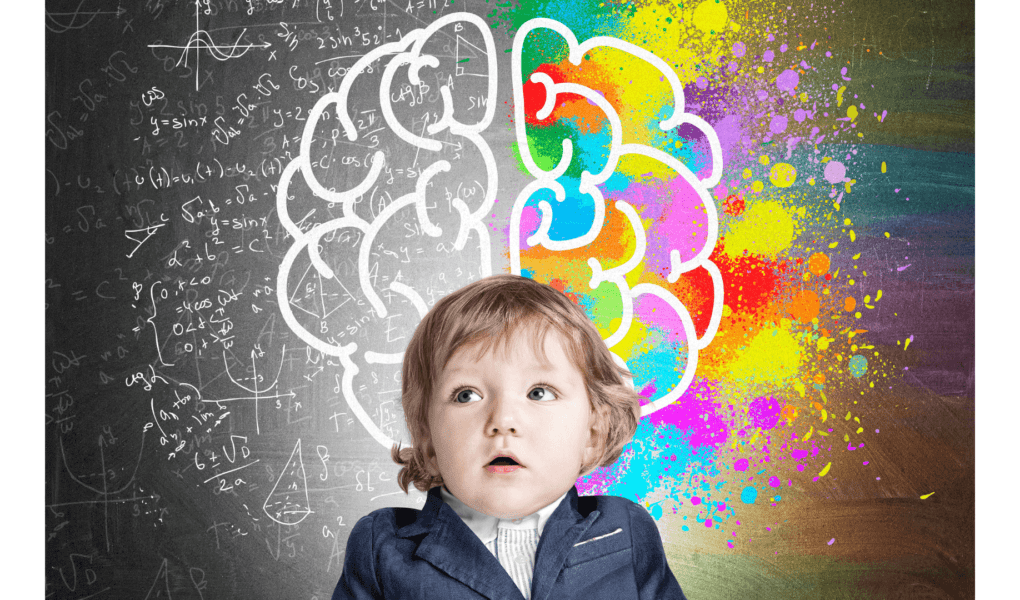



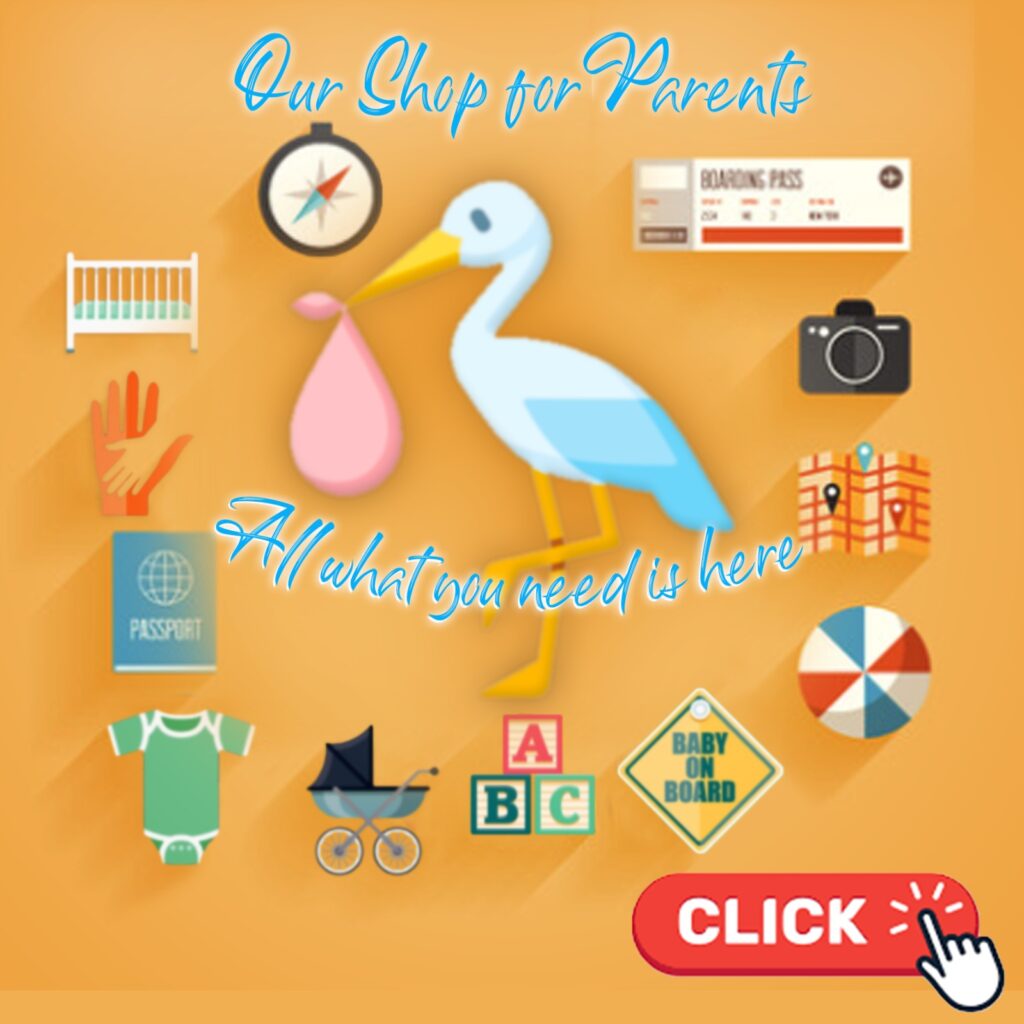
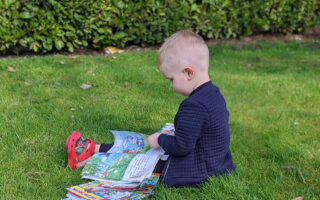
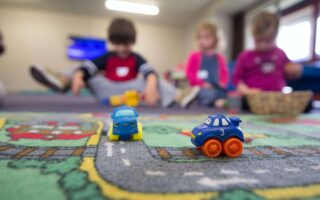

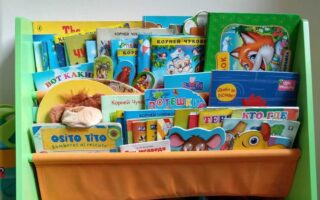
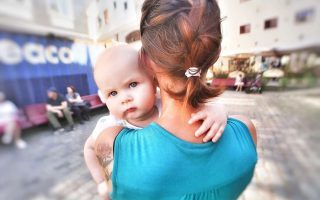
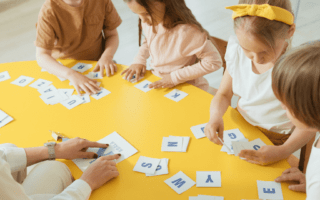






[…] Read More: Children’s Stages of Development or How To Understand Your Child […]
[…] Read More: Children’s Stages of Development or How To Understand Your Child […]
[…] Read More: Children’s Stages of Development or How To Understand Your Child […]
[…] Read More: Children’s Stages of Development or How To Understand Your Child […]